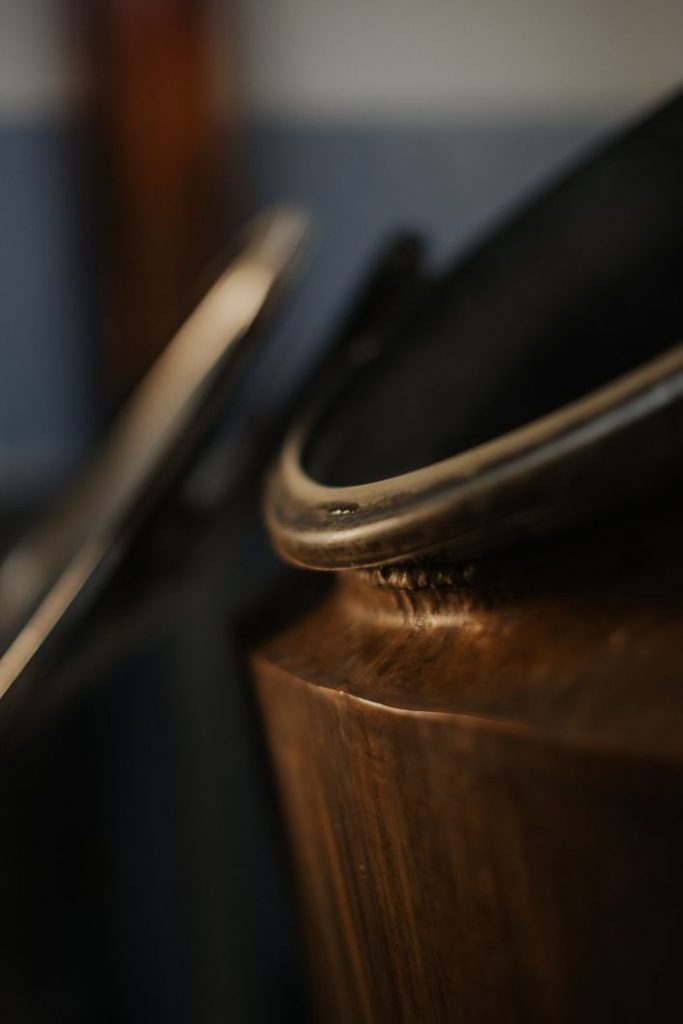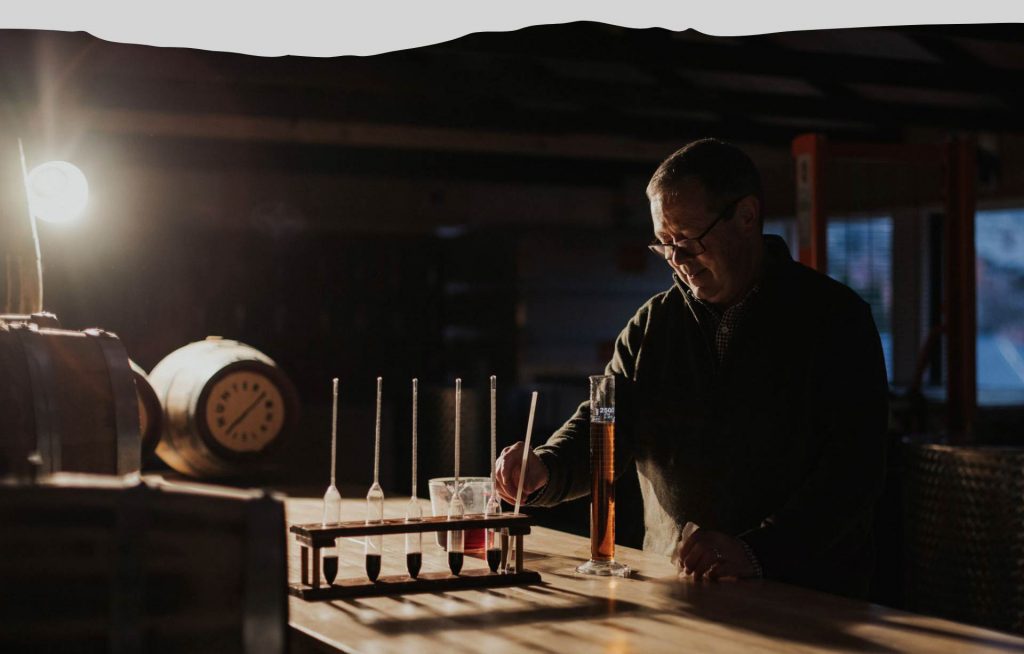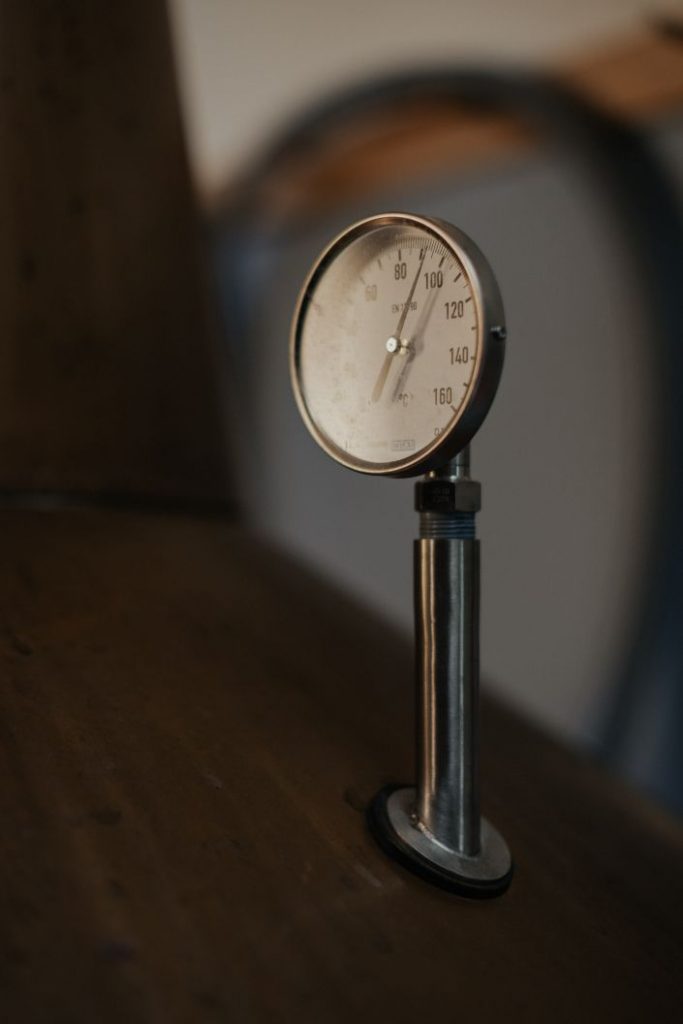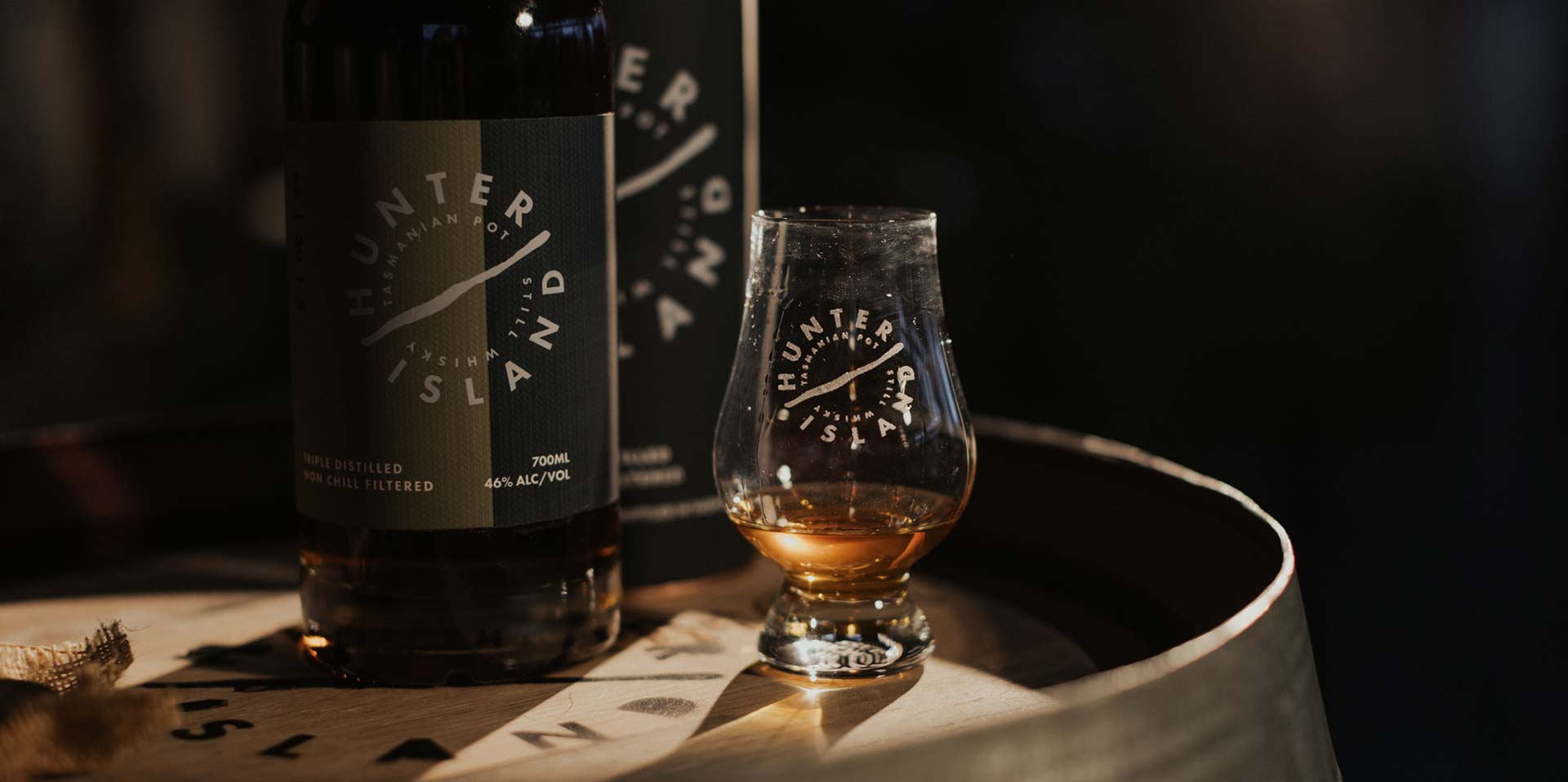POT STILL WHISKY
The traditional whiskey of Ireland, pot still whiskey is made from a mix of malted barley and unmalted barley and sometimes other grains like oats, wheat or rye. It’s always made in a copper pot still, and is almost always triple distilled.
Irish single pot still whiskey is a geographically-protected product of Ireland which evolved centuries ago. Distillers used the crops which grew around them, and historic mash bills were varied. When British-imposed malt taxes were introduced, many distillers upped portions of unmalted barley in their recipes. The distillate is matured in wood, and the whiskey is characteristically creamy and spicy (dependent on the proportion of unmalted barley that is included.) The word ‘single’ indicates that the whiskey has been produced at a single distillery. Until quite recently, it was known as ‘pure pot still whiskey’ in Ireland. The current rules stipulate that an Irish SPS mash includes at least 30% malted barley, at least 30% raw barley, and up to 30% other grains.
The amazing story of Irish single pot still whiskey belongs to the Irish, but it will resonate with Australians, many of whom regard their Irish heritage with affection. If you’d like to learn more about the story click here.
